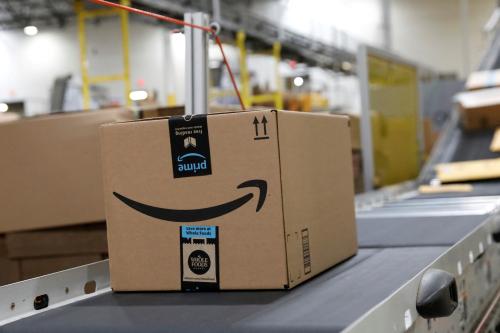On Feb. 14, the Copyright Royalty Board issued a “final determination” setting SiriusXM’s statutory sound recording performance royalty rate for 2013 at 9% of “gross revenue.” This rate is too low by several percentage points, depriving artists and labels of tens of millions of dollars of royalty payments that will instead flow into SiriusXM’s coffers.
SiriusXM’s satellite radio service is subject to a standard called 801(b), which requires the CRB to balance the interests of copyright holders and the public when setting statutory royalty rates. In addition, 801(b) mandates calculating rates that “minimize any disruptive impact on the structure of the industries involved and on generally prevailing industry practices.” During the CRB proceeding for the previous licensing period, which covered 2007-12, the CRB judges concluded that 13% of gross revenue was the “upper boundary for a zone of reasonableness.” But, in the interest of avoiding disruption to the satellite radio industry, artists were forced to accept much lower rates, ranging from 6% to 8%.
How has this artist-subsidized growth of satellite radio worked out? Pretty well. In recent years, SiriusXM has thrived, with revenue increasing from less than $2.5 billion in 2009 to more than $3.4 billion in 2012. Adjusted earnings before interest, taxes, depreciation and amortization grew from about $463 million in 2009 to more than $920 million in 2012. Speaking to a Forbes interviewer in early 2012, former SiriusXM CEO Mel Karmazin called the satellite broadcaster “a very profitable, successful company.”
“If we want a performer,” he added, “we can afford to pay more than anybody else can because we’re making more.”
Against this backdrop, it’s hard to argue that SiriusXM still needs a government-sanctioned discount from rates that the CRB deems appropriate. But that’s in essence the argument the company made in the CRB proceeding to set rates for 2013-17. In written testimony, Karmazin warned against an increase that could “take improper advantage of the company’s only recently improved economic circumstances” and “jeopardize the company’s ability to earn a fair return on long-term investments to which investors in our company are entitled.”
In a decision signed by two of the three judges, the CRB appears to have at least partially heeded that warning. While concluding that “the most appropriate rate” for satellite radio for 2013-17 is 11% of gross revenue, to “minimize any potential disruptive impact of the rate increase” the judges elected to “phase it in over the license period.” Thus, SiriusXM will pay a rate that starts at 9% in 2013 and rises in annual increments to 11% in 2017. “Gross revenue” has a complex definition, and can be significantly less than the total revenue reported in SiriusXM’s financial statements.
If 11% is indeed the appropriate rate, it’s hard to see why requiring a thriving company like SiriusXM to pay that amount for the entire 2013-17 period would have been particularly burdensome. In fact, under the 9% rate that will apply for 2013, there’s a good argument that artists will suffer more disruption from their unfairly low income than SiriusXM will avoid thanks to its discounted payment obligations.
There are also consequences for the broader music delivery ecosystem, since SiriusXM can use the money saved by paying artificially low satellite radio royalties to subsidize its expansion into market segments with higher royalty costs. And if the launch of its new MySXM Internet radio service thins the number of companies providing digital music services in the coming years, then everyone, not just artists, will pay the price for SiriusXM’s low royalty rates.
This item was originally published in Billboard.



Commentary
Op-edThe Satellite Question: Why SiriusXM Should Pay Higher Performance Royalties to Artists
February 22, 2013